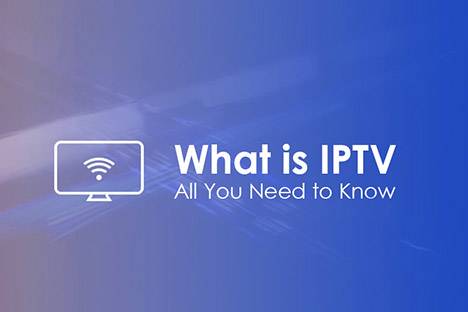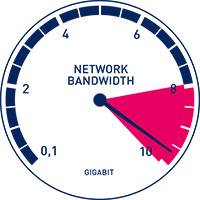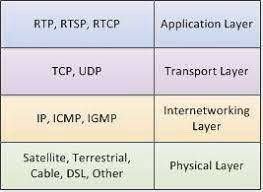How to set up IPTV server
IPTV (Internet Protocol Television) is a digital television broadcasting protocol that uses the Internet to deliver television channels and other video content to televisions. With IPTV, you have the flexibility to watch your favorite TV shows, movies, and other video content anytime, anywhere. Setting up your own IPTV server is easier than you think. In this article, we will show you how to set up an IPTV server from scratch.
1. Choose your platform
The first step in setting up an IPTV server is to choose the platform on which the server will be hosted. There are several platforms to choose from, but we recommend Linux because it’s open source, stable, and secure. You can choose from multiple Linux distributions such as Ubuntu, Debian, and CentOS as per your preference.
2.Install IPTV software
After choosing a platform, the next step is to install the necessary IPTV software. There are a variety of IPTV software available, but we recommend using the free open source software called TVHeadend. TVHeadend is a server-side software that allows you to stream IPTV channels and other video content to your TV. It’s easy to install and configure, and you can find it in the official repositories of most Linux distributions.
3. Configure IPTV server
After installing TVHeadend, the next step is to configure the IPTV server. The first thing you need to do is add your IPTV provider to TVHeadend. You can do this by going to the Configuration tab and clicking on the IPTV Auto Network option. Then, enter your IPTV provider’s playlist URL and click the “Create Provider Network” button. TVHeadend will now import all channels and other video content from your IPTV provider.
4. Bind IPTV channels to EPG guide
Next, you need to bind the IPTV channels to the Electronic Programming Guide (EPG) guide. This will allow you to watch all TV shows and movies currently playing on each channel. You can do this by going to the Configuration tab and clicking on EPG Grabber. Then, select your region and TV Guide provider and click the “Create Channel Tag Map” button. TVHeadend will now map all channels to the corresponding EPG program guide.
5. Set up TVHeadend client
Finally, you need to set up the TVHeadend client on your TV to stream IPTV channels and other video content. There are several TVHeadend clients available, but we recommend Kodi because it is easy to use and has a user-friendly interface. You can install Kodi on your TV using a third-party app store or downloading from the official website.
After installing Kodi on your TV, the next step is to add the TVHeadend PVR client. You can do this by going to the Add-ons section in Kodi, clicking on the “PVR Client” option, and then selecting the “TVHeadend” option. Then, enter your IPTV server IP address and port number, and Kodi will now stream all IPTV channels and other video content directly to your TV.
in conclusion
Setting up your own IPTV server is a simple and cost-effective way to stream your favorite TV shows, movies, and other video content to your TV. With TVHeadend and Kodi, you can create your own IPTV server from scratch using the Linux platform. This approach gives you the flexibility to customize your IPTV experience and access a vast library of TV channels and other video content. Follow these simple steps to set up your own IPTV server and you’ll be streaming your favorite content in no time.
Subscribe now: smarters-iptv-co-uk






